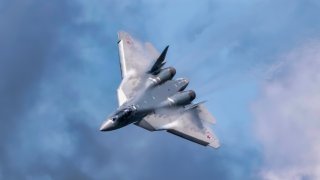Russia's Su-57 Felon Would Have a 'Rough Time' Attacking an F-35 Stealth Fighrter
The Sukhoi Su-57, Russia's answer to fifth-generation fighter jets, faces production issues and is unlikely to rival America’s F-35 Lightning II on the global stage.
What You Need to Know: The Sukhoi Su-57, Russia's answer to fifth-generation fighter jets, faces production issues and is unlikely to rival America’s F-35 Lightning II on the global stage.
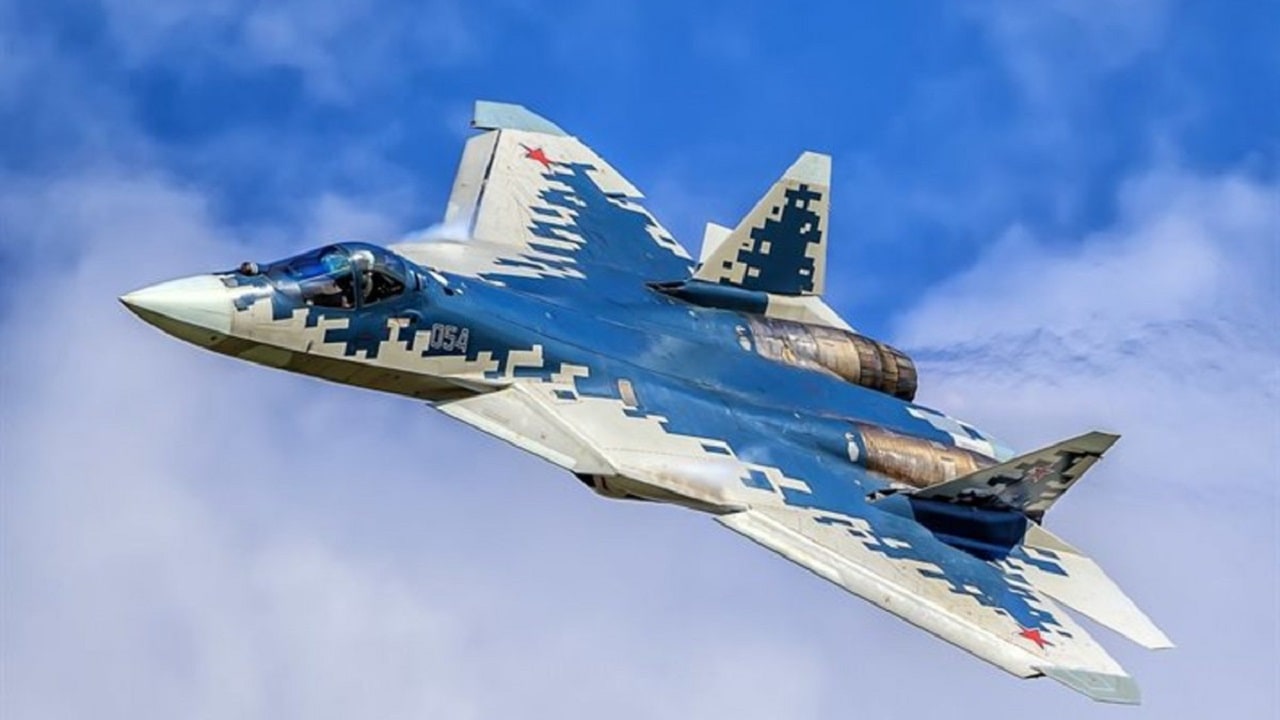
-While the Su-57 features advanced stealth and attack capabilities, its limited numbers and reduced stealth performance render it less formidable than the F-35.
-In contrast, the F-35's superior computing, mission systems, and stealth properties provide pilots with enhanced situational awareness and targeting range.
-Russia's ongoing commitments in Ukraine further restrict any significant expansion of its Su-57 fleet, meaning the U.S. retains a substantial advantage in fifth-generation air dominance.
F-35 vs. Su-57: How America’s Fifth-Gen Fighter Outshines Russia’s Felon Jet
When the U.S. first introduced the F-22 Raptor more than twenty-five years ago, the platform represented the sole fifth-generation airframe to fly the skies across the globe. America’s air superiority remained unmatched for years, as other countries worked to develop their own fifth-gen counters.
Today, Russia and China possess their own advanced jet platforms- the Su-57 and Chengdu J-20 respectively. While the J-20 is widely considered to be a formidable counterpart to the F-35 Lightning II, Moscow’s “Felon” airframe is often dismissed as subpar.
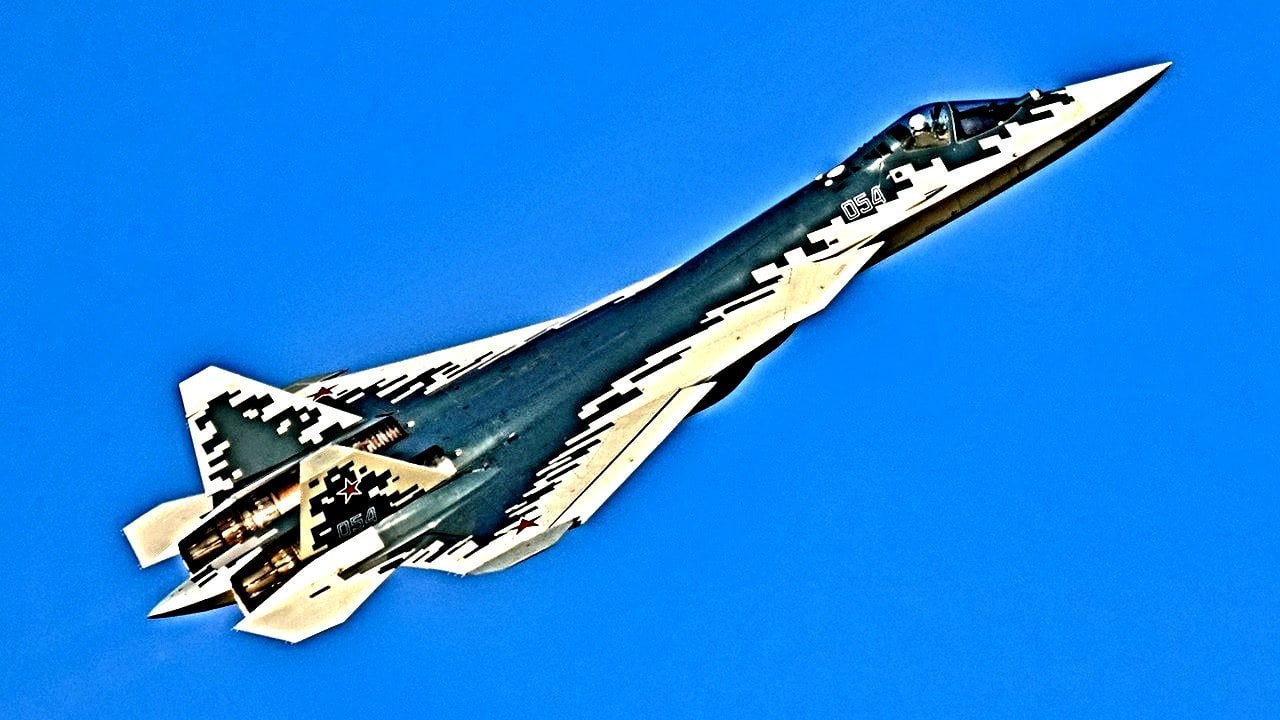
Introducing the Sukhoi Su-57
Russia’s Su-57 was initially conceptualized during the Cold War when the USSR first envisioned a next-generation fighter jet. The resulting I-90 program was designed to create a successor to the MiG-29 and Su-27 platforms. However, following the dissolution of the Soviet Union, the project was delayed. Russia’s first fifth-gen fighter was not introduced to service until 2020.
The Sukhoi Su-57 (designated by the North Atlantic Treaty Organization as Felon), was the first Russian airframe to feature stealth technology. Constructed by the Sukhoi Design Bureau within United Aircraft (UAC), the airframe represented a huge technological leap for Russia.
The Kremlin boasted that the Su-57 was capable of engaging and destroying a wide array of land, airborne and maritime targets.
Regardless of the Sukhoi’s true capabilities, too few of these airframes have been produced to seriously threaten the U.S. or its fleet of F-35 fighters.
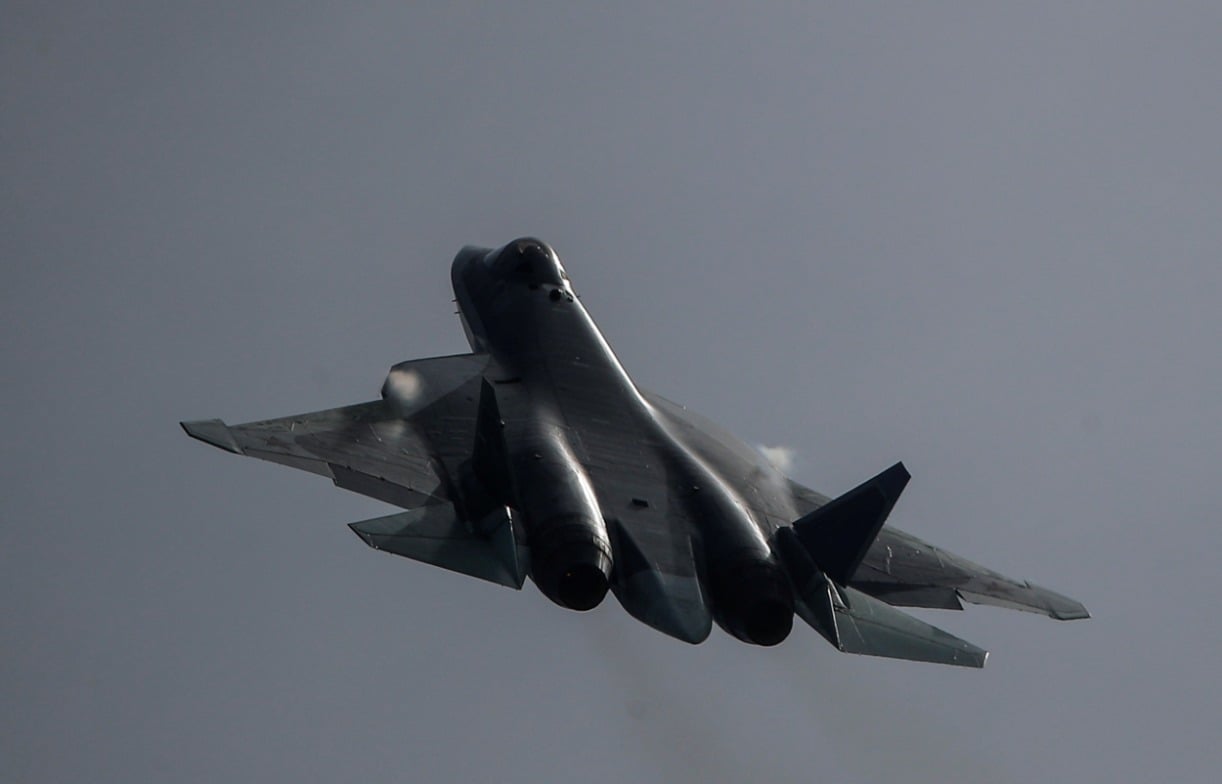
Due to production issues and Western sanctions on technology and military hardware, a sudden increase in the production of Su-57s is unlikely.
Introducing the F-35
Unlike the Sukhoi Su-57, the F-35 has been produced in large numbers and remains one of the most coveted tactical airframes across the globe. While both the Lightning II and Felon retain stealth properties, the F-35’s superiority is best encapsulated by its advanced computing, weapons range, mission systems, and long-range, high resolution sensors.
The F-35 may be slower than its Russian counterpart, but is believed to feature better stealth capabilities that allow it to target enemy airframes before being detected.
The F-35 is powered by the Pratt & Whitney F135 engine, which gives it a top speed of Mach-1.6. The fighter is additionally equipped with sophisticated sensor fusion, which creates a single integrated image of the battlefield that enhances the situational awareness of its pilot. This 360-degree Distributed Aperture System and the incorporated long-range electro-optical targeting technology enable the jet to identify threats quickly.
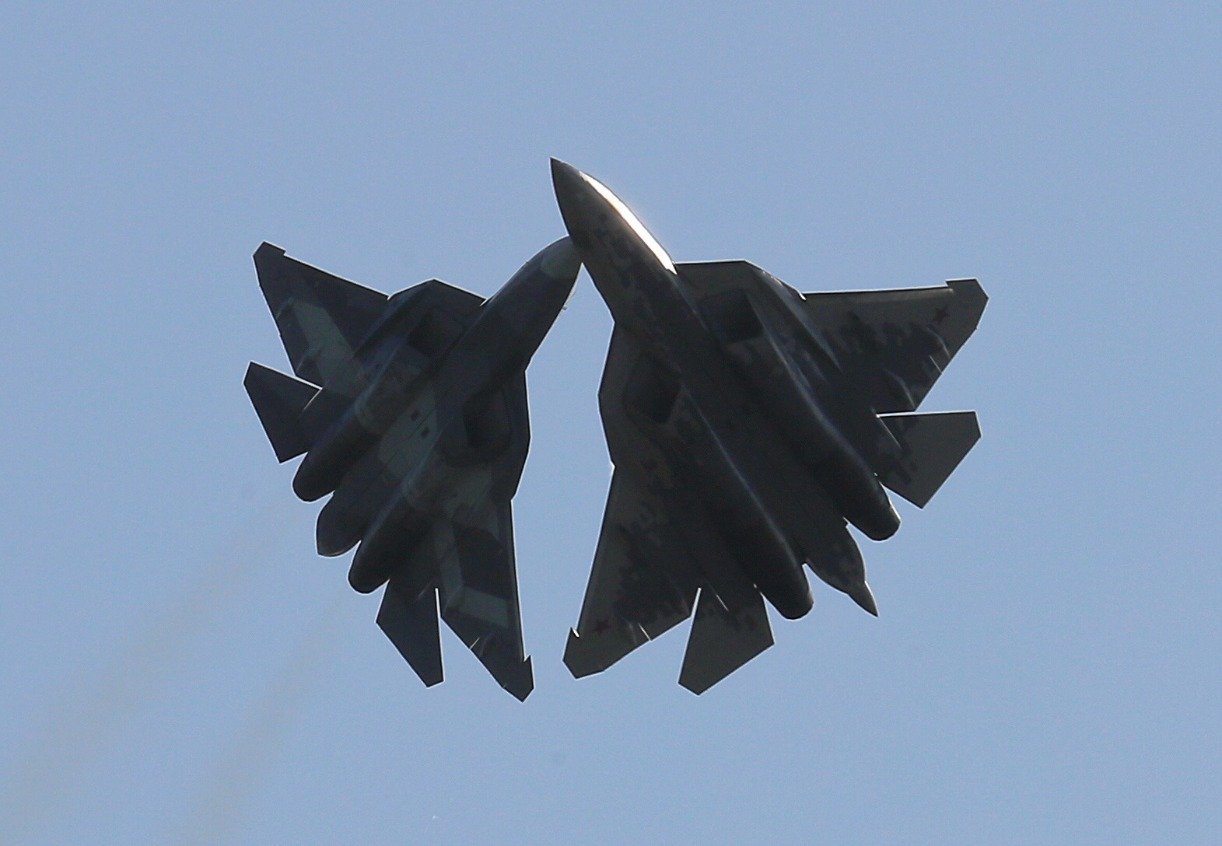
Despite Russia’s claims that the Su-57 is the most formidable fifth-gen platform to take to the skies, this airframe would have a rough time up against an F-35 in combat. In fact, the Kremlin has a history of exaggerating its military capabilities, and the Felon could very well be lacking in other areas as well.
As Russia continues to pour its resources into its ongoing invasion of Ukraine, any additional allotment of funds to produce more Su-57s is unlikely.
About the Author: Maya Carlin
Maya Carlin, National Security Writer with The National Interest, is an analyst with the Center for Security Policy and a former Anna Sobol Levy Fellow at IDC Herzliya in Israel. She has by-lines in many publications, including The National Interest, Jerusalem Post, and Times of Israel. You can follow her on Twitter: @MayaCarlin.
All images are Creative Commons or Shutterstock.
From the Vault
Russia Freaked Out: Why the U.S. Navy 'Unretired' the Iowa-Class Battleships
Battleship vs. Battlecruiser: Iowa-Class vs. Russia's Kirov-Class (Who Wins?)


